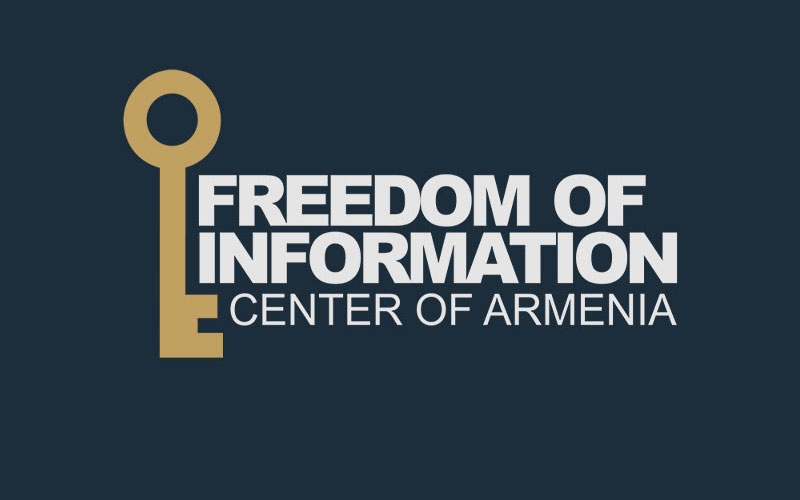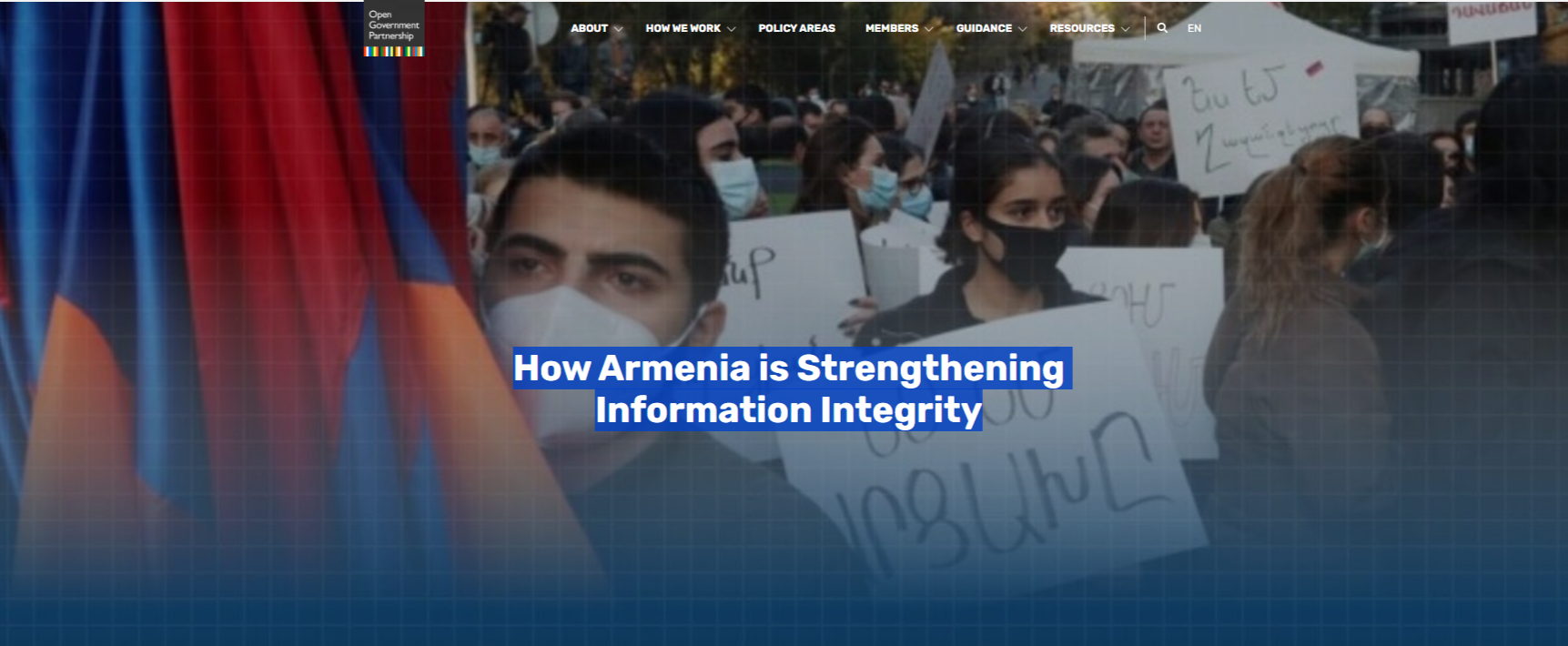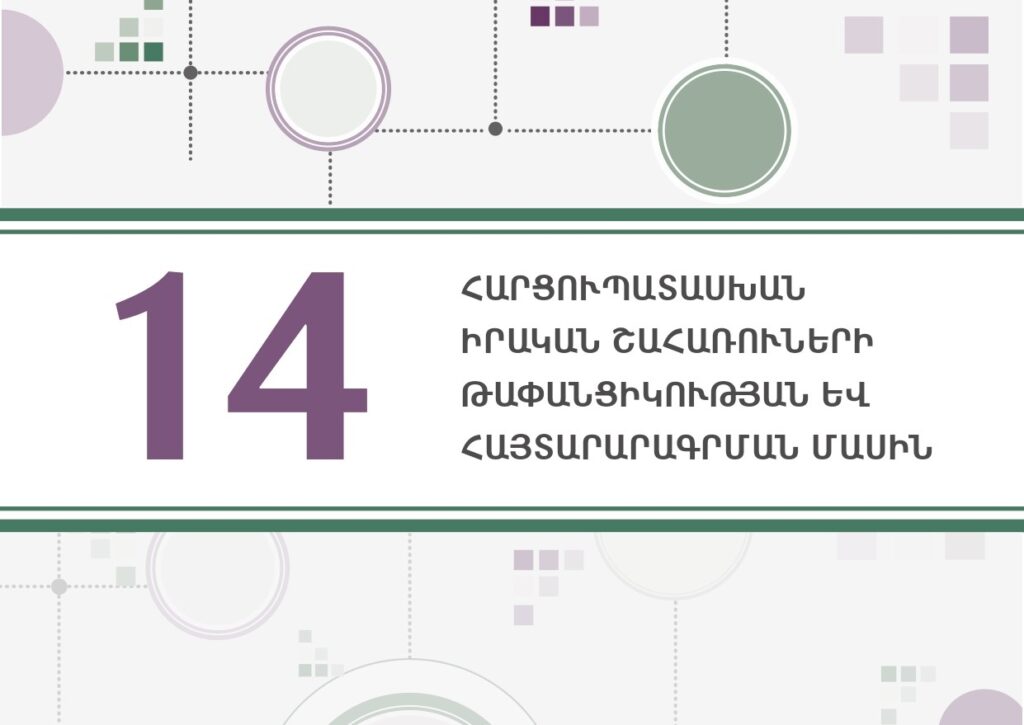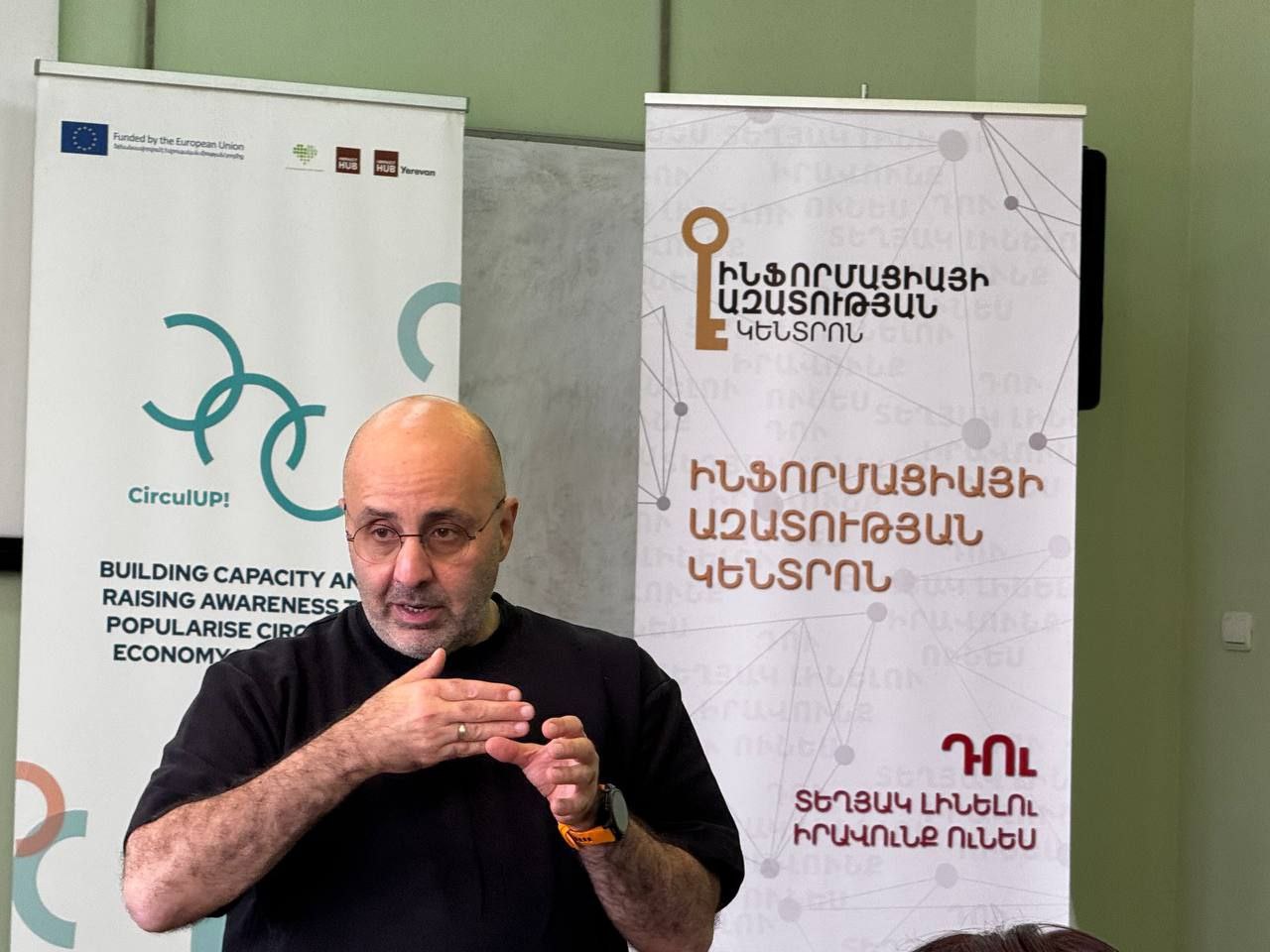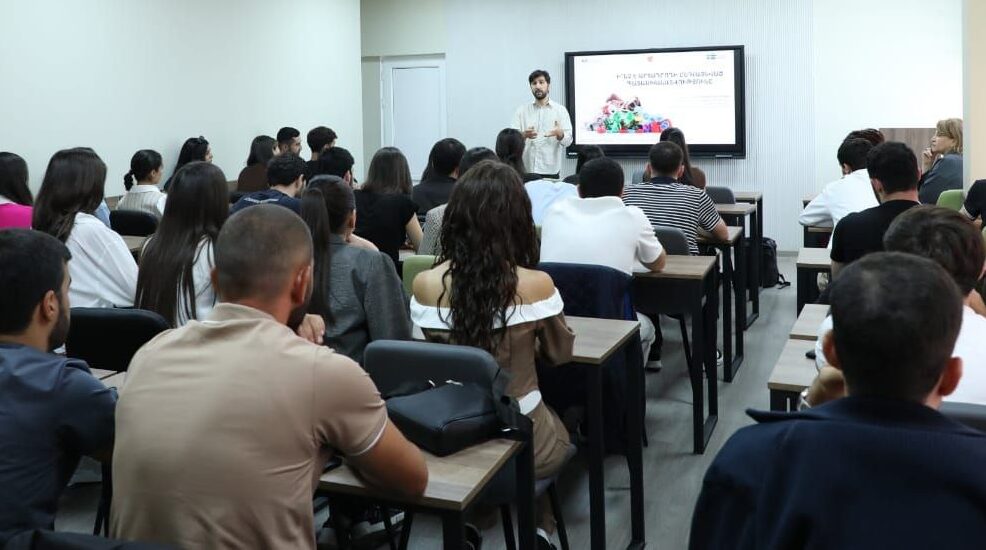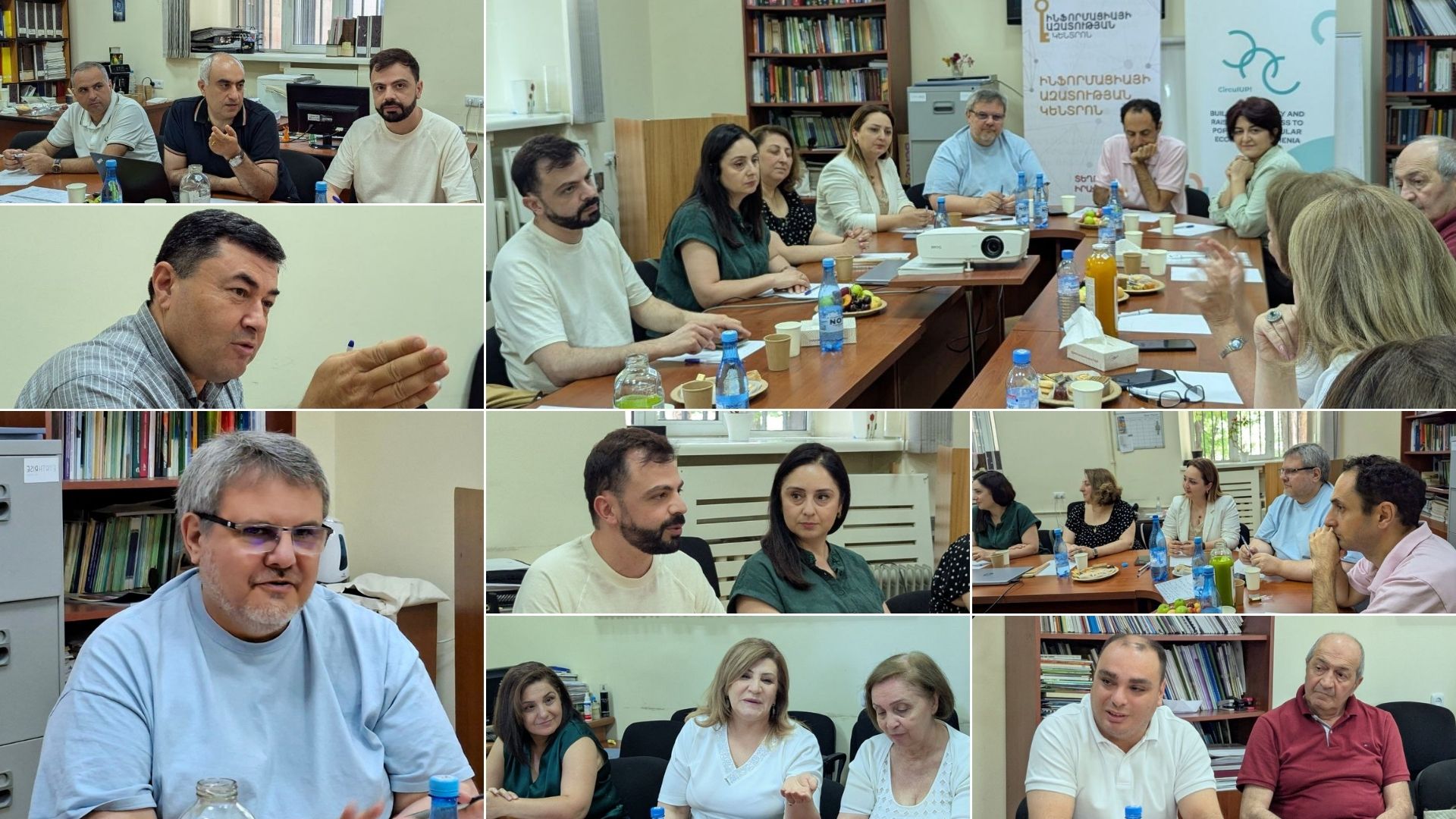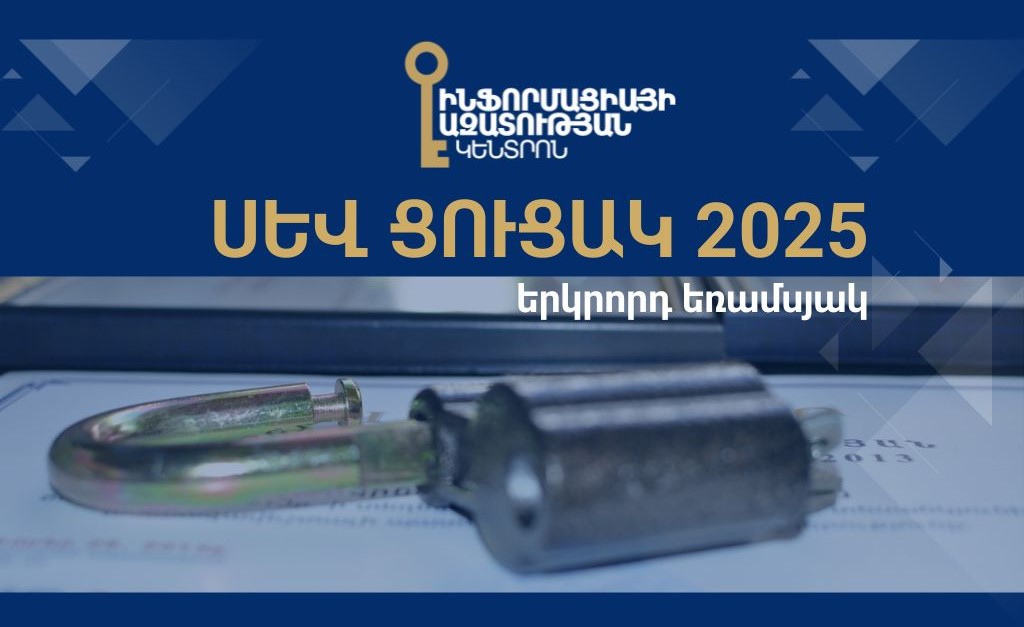FREEDOM OF INFORMATION ACT FORCES OPENING OF 360 NEW PHOTOS
National Security Archive Electronic Briefing Book No. 152
April 28, 2005
Washington, D.C., April 28, 2005 – In response to Freedom of Information Act requests and a lawsuit, the Pentagon this week released hundreds of previously secret images of casualties returning to honor guard ceremonies from the Afghanistan and Iraq wars and other conflicts, confirming that images of their flag-draped coffins are rightfully part of the public record, despite its earlier insistence that such images should be kept secret.
One year after the start of a series of Freedom of Information Act requests filed by University of Delaware Professor Ralph Begleiter with the assistance of the National Security Archive, and six months after a lawsuit charging the Pentagon with failing to comply with the Act, the Pentagon made public more than 700 images of the return of American casualties to Dover Air Force Base and other U.S. military facilities, where the fallen troops received honor guard ceremonies. The Pentagon officially refers to the photos as "images of the memorial and arrival ceremonies for deceased military personnel arriving from overseas." Many of the images show evidence of censorship, which the Pentagon says is intended to conceal identifiable personal information of military personnel involved in the homecoming ceremonies.
Begleiter’s lawsuit is supported by the National Security Archive and the Washington, D.C. office of the law firm Jenner & Block. "This is an important victory for the American people, for the families of troops killed in the line of duty during wartime, and for the honor of those who have made the ultimate sacrifice for their country," said Begleiter, a former CNN Washington correspondent who teaches journalism and political science at the University of Delaware. "This significant decision by the Pentagon should make it difficult, if not impossible, for any U.S. government in the future to hide the human cost of war from the American people."
The Pentagon’s decision preempted a court ruling in the lawsuit by U.S. District Judge Emmet G. Sullivan. "We are gratified that these important public records were released without the need for further court action," said Daniel Mach of Jenner & Block. The Pentagon ban on media coverage of returning war casualties was initiated in January 1991 by then Secretary of Defense Dick Cheney during the administration of President George H. W. Bush, just weeks before the start of the Gulf War against Iraq.
"I have never considered the release of images as a political issue," said Begleiter, noting that both Republican and Democratic administrations imposed the image ban. "But, seeing the cost of war, like any highly-charged political issue, can have strong political consequences."
Begleiter’s Freedom of Information Act requests, and the lawsuit, asked for release of both still and video images. The Pentagon’s "final response" in the case includes no video images of the honor ceremonies for returning war casualties. "I’m surprised at this," said Begleiter, "because the U.S. military uses video and film technology extensively in its public relations efforts."
Thomas Blanton, Director of the National Security Archive, which actively uses the Freedom of Information Act to force release of government documents, said, "The government now admits it was wrong to keep these images secret. Hiding the cost of war doesn’t make that cost any less. Banning the photos keeps flag-draped coffins off the evening news, but it fundamentally disrespects those who have made the ultimate sacrifice."
Blanton and Begleiter noted one major negative consequence of the dispute over the images: the Pentagon appears to have stopped creating the photos in the first place. All the released images containing date information appear to have been taken prior to June 2004. Military officials told Begleiter and the news media that such photos were no longer being taken since his first Freedom of Information Act request was filed in April 2004.
Begleiter said, "Hiding these images from the public – or, worse, failing even to record these respectful moments – deprives all Americans of the opportunity to recognize their contribution to our democracy, and hinders policymakers and historians in the future from making informed judgments about public opinion and war." He called on the Pentagon to resume fully documenting the return of American casualties.
Although some of the newly released images include dates, locations and other information, the Pentagon censored that information from most of the released images. Some of the censorship, or, as the Pentagon prefers to call it, "redaction," blacks out faces, identifying features on equipment, and uniform styles. In one case, for example, a clergyman’s identity is censored, while in another image, a different clergyman remains unredacted.
"I cannot imagine that the members of these honor guards want their own faces blacked out from the public homage that is due," Blanton said. "Honor guard is the most solemn duty for anybody in the military, not something for the censors to hide."
The photos released by the Pentagon were taken by U.S. government photographers, not by journalists. "There is nothing macabre or ghoulish about these images," said Begleiter. "These are among the most respectful images created of American casualties of war – far less wrenching than images we regularly see from the battlefield. They’re taken under carefully controlled circumstances by military photographers covering honor ceremonies."
An initial release of 361 such images was provided by the Pentagon in April, 2004 in response to a Freedom of Information Act appeal by Russ Kick, who maintains the web site thememoryhole.org. The Pentagon later declared that release to have been a mistake and refused to release further images, which prompted Begleiter and the National Security Archive to challenge the policy.
The Freedom of Information Act case was filed in Federal District Court for the District of Columbia [Case No. 1:04-cv-01697 (EGS)].
The newly released images, along with many other details of the Freedom of Information Act case, may be seen at:
www.nsarchive.org.
